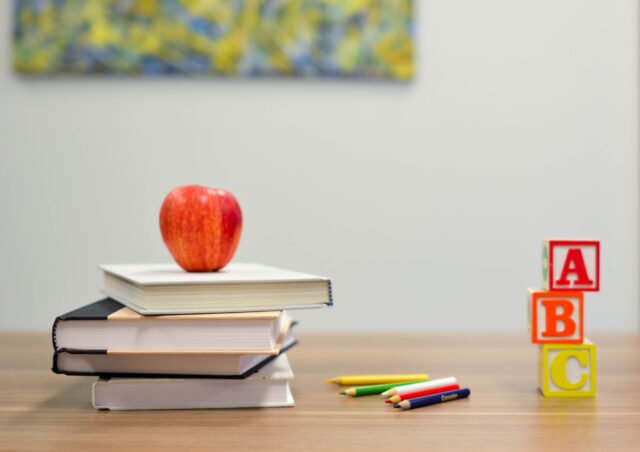PARENTS are being advised to make sure that their children’s health is a top priority when they return to school on 8 March.
Research by Specsavers shows that for 69% of parents, ensuring their child has new shoes is at the top of the list when sending them back to the classroom. This is followed by new uniform and PE kits (66%) and new stationary (25%).
Much further down the parental priority list are general health care appointments, such eye tests (24%), vaccinations (15%), dental check-ups (12%) and seeing the GP (11%).
Specsavers clinical services director, Giles Edmonds, says: ‘Often children do not take adequate breaks from their screens, which can cause eye strain and potentially damage their eye health, so they may notice a difference in their vision when they go back to full-time education in school.
‘It is also important that children are spending as much time as possible outdoors to try to reduce the onset of myopia (short-sightedness). The prevalence of myopia in children aged between 10–16 years has more than doubled during the last 50 years, and children are becoming myopic at a younger age .’
During lockdowns children have been spending as much as six hours a day on smartphones and other digital devices – it’s been estimated that we’ve logged an extra five billion hours online since our daily lives went virtual due to the pandemic.
Children spending too much time in front of screens is a concern for most parents (87%) , yet they are unsure how often their child should be taking a break from their devices – more than a quarter (28%) mistakenly think it should be every hour rather than following the 20:20:20 rule.
Eye strain
Mr Edmonds says: ‘Eyes can often become strained when focusing on screens for a long period which, while not usually serious, can be particularly uncomfortable. Similarly, if children’s eyes are fixated on a single object for a long period of time, especially small digital screens, this can also cause eye strain. Symptoms to look out for include eye discomfort, headaches, sore or tired eyes, difficulty focusing, dry eyes, blurred or double vision, and increased sensitivity to light.’
Follow the 20:20:20 rule
Mr Edmonds advises students to follow the 20:20:20 rule, encouraging children to look away from their screen or white board every 20 minutes at something 20 feet away for at least 20 seconds, as this helps to relax the eye muscles.
Outdoor time
Children are also encouraged to make the most of their outdoor and playground breaks. ‘The is growing evidence that aerobic exercise is vital for children’s eye health as it increases essential oxygen supplies to the optic nerve and lowers pressure in the eyes’, says Mr Edmonds. ‘The outdoors also provides many things for us to look at, changing our focal distance rather than being fixated on a single object for a prolonged period of time. In fact, studies have shown that if children just spend an extra hour outdoors a week, then their risk of developing myopia (shortsightedness) drops by 14% .




